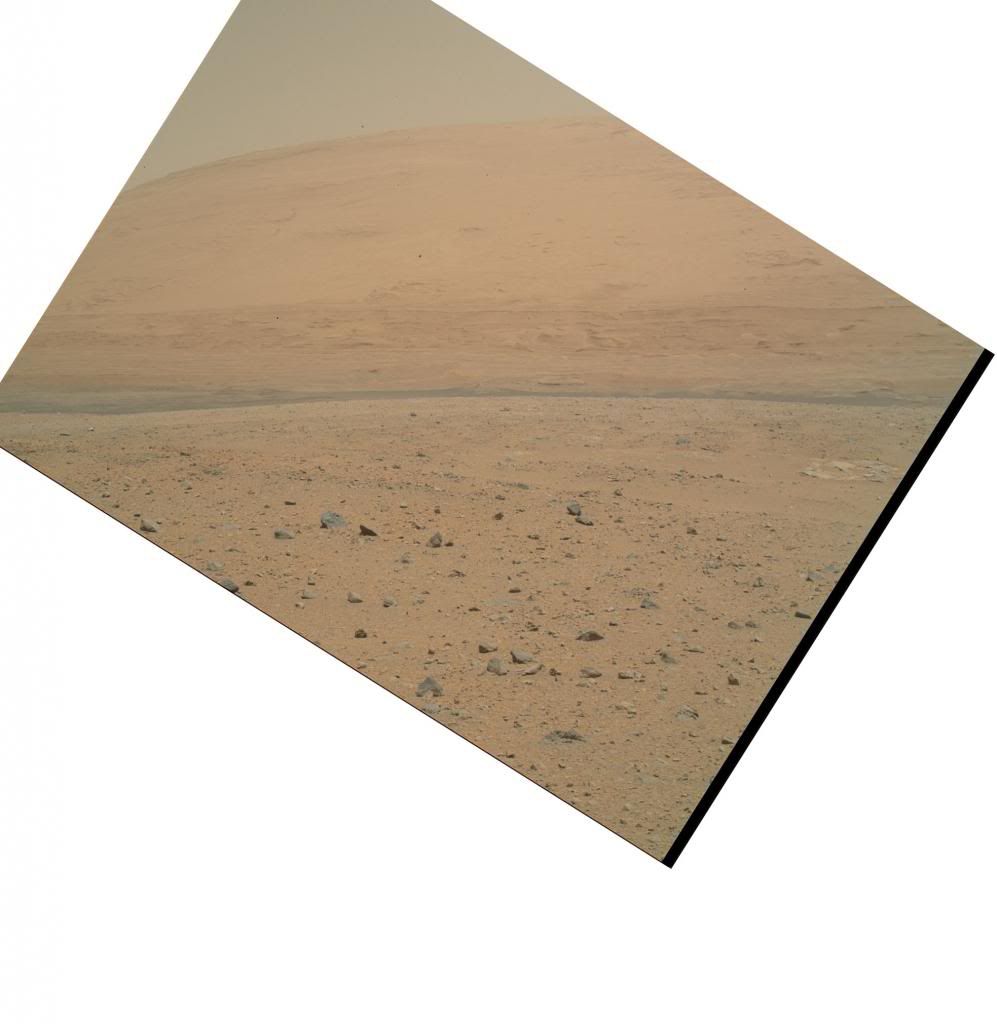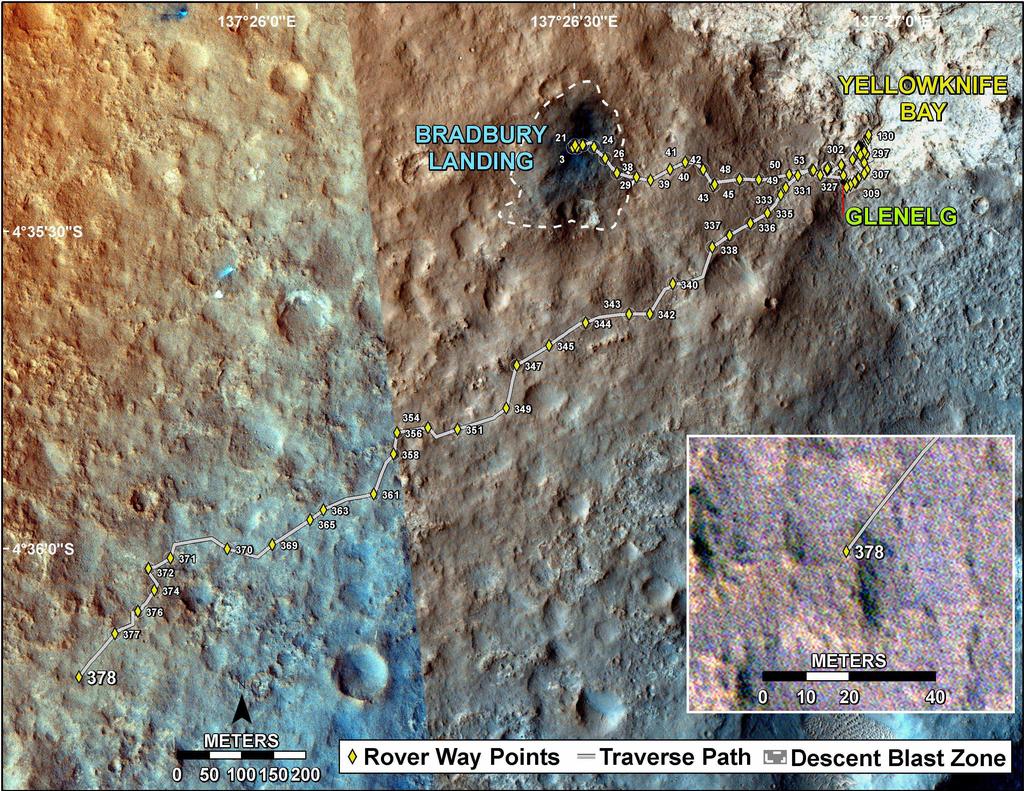Advertisement
Help Keep Boards Alive. Support us by going ad free today. See here: https://subscriptions.boards.ie/.
https://www.boards.ie/group/1878-subscribers-forum
Private Group for paid up members of Boards.ie. Join the club.
Private Group for paid up members of Boards.ie. Join the club.
Hi all, please see this major site announcement: https://www.boards.ie/discussion/2058427594/boards-ie-2026
The Curiosity On Mars Thread.
Comments
-
-
-
-
-
-
Advertisement
-
-
-
-
-
-
Advertisement
-
-
-
-
-
-
-
-
-
-
-
Advertisement
-
-
-
-
-
-
-
-
-
-
Advertisement
-
Advertisement






 https://www.youtube.com/watch?v=L-VS4C80Pb8
https://www.youtube.com/watch?v=L-VS4C80Pb8 https://www.youtube.com/watch?v=8Alq08Poqb0
https://www.youtube.com/watch?v=8Alq08Poqb0






